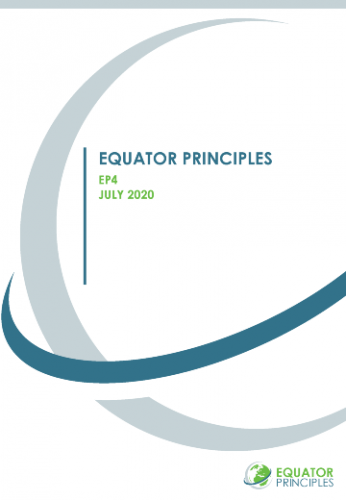THE EVOLUTION OF THE EQUATOR PRINCIPLES
2003
The Equator Principles were launched by 10 founding financial institutions
2006
EP2 included:
- Reduced Project capital cost thresholds at which the Equator Principles apply (from $50million to $10million)
- Scope of applicability extended to include Project Finance Advisory services
- Introduced the IFC Performance Standards as the primary underpinning E&S standards (to be applied to all projects in low and middle-income countries – later referred to as Non-Designated countries from EP3 onwards)
- Enhanced disclosure and reporting requirements for borrowers and EPFIs
- Specific requirements introduced for Project-level grievance mechanisms
2010
The Equator Principles Association was established
2013
EP3 included:
- Scope of applicability extended to include Project-Related Corporate Loans (PRCL) and Bridge Loans
- Introduced Greenhouse Gas (GHG) emissions estimates, reporting and alternatives assessments
- Enhanced requirements in relation to stakeholder engagement and indigenous peoples
2020
EP4 included:
- Scope of applicability extended to include Project Finance and PRCL related refinancing and acquisition, and greater coverage of sovereign borrowers
- Broadening considerations for Projects in Designated Countries
- Introduced the Climate Change Risk Assessment and Human Rights Assessment
Overview of the 10 Equator Principles
Principle 1
Review & Categorisation
Principle 2
E&S Assessment
Principle 3
Applicable E&S Standards
Principle 4
E&S Management System & EP Action Plan
Principle 5
Stakeholder Engagement
Principle 6
Grievance Mechanism
Principle 7
Independent Review
Principle 8
Covenants
Principle 9
Independent Monitoring & Reporting
Principle 10
Reporting & Transparency

